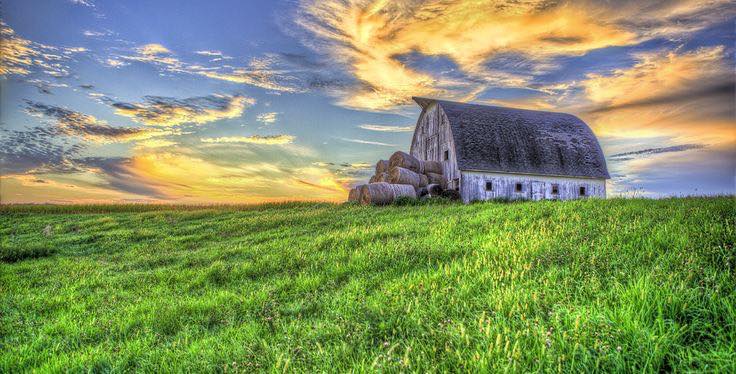A short account of polar explorer Roald Amundsen’s failed attempt to tame a polar bear cub he had bought in May 1920 from a trader in the Russian Far East appears today in the Barents Observer. The cub was likely captured after its mother was killed, which was a common practice at a time when polar bears were being slaughtered wholesale throughout the Arctic (Crockford 2019; Honderich 1991; Stirling 2011).

It only took a month for Amundsen to give up his experiment. Below are some excerpts; read the full account here. More photos are here.
One day, during Roald Amundsen’s voyage through the Northeast Passage, Georg Kibisow from the Russian Trading Company came aboard Amundsen’s ship, the Maud. He brought along a polar bear cub that he had caught near Kolyma. He offered the cub to Amundsen, who bought it.
Roald Amundsen named the polar bear cub Marie. He gave her a lot of attention in the hope of taming her so she could pull a sledge. Marie features a lot in Amundsen’s expedition diary and he followed her development closely. Here is a sample of what Amundsen wrote:
It’s not easy to make friends with Marie, but it might work. I carry her now, whenever I want, but I have to make sure I hold onto her head so she can’t bite me. She is constantly fighting with the dogs. This little critter has no fear.
[and later]
I chloroformed Marie to death this morning. I had to abandon any hopes of training her. After grooming and feeding her for a month, this morning, when I brought her milk, she came at me in a ferocious rage. In the hands of an experienced trainer she might have become a bit friendlier, but I had to give up.
Context
Below is a map of the Kolyma district in the Russian Far East, which is essentially the drainage of the Kolyma River. The Kolyma River ends in a broad delta that empties into the East Siberian Sea, near the boundary with the Chukchi Sea. Winters in this region are extremely cold and is where most Arctic sea ice forms (Crockford 2022).
A fuller account of his Northeast Passage voyage is here, with more photos, including this one of Marie the polar bear cub in May 1920, and with one of the dog teams in October 1919:


References
Crockford, S.J. 2019. The Polar Bear Catastrophe That Never Happened. Global Warming Policy Foundation, London.
Crockford, S.J. 2022. Polar bear fossil and archaeological records from the Pleistocene and Holocene in relation to sea ice extent and open water polynyas. Open Quaternary 8(7):1–26. https://doi.org.10.5334/oq.107
Honderich, J.E. 1991. Wildlife as a hazardous resource: an analysis of the historical interaction of humans and polar bears in the Canadian arctic. MA thesis, University of Waterloo, Ontario.
Stirling, I. 2011. Polar Bears: The Natural History of a Threatened Species. Fitzhenry & Whiteside, Markham, Ontario.
via polarbearscience
May 12, 2023 at 02:30PM

